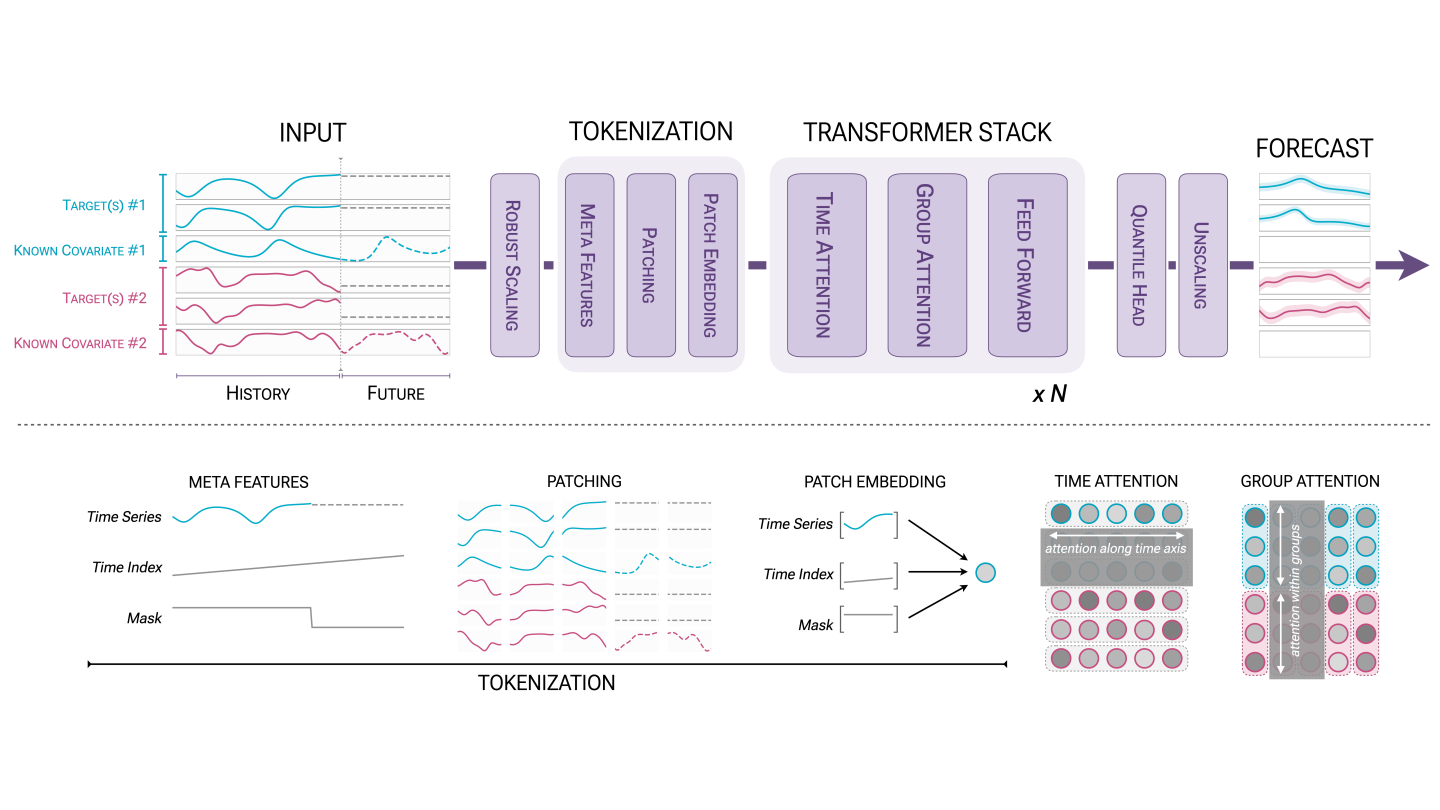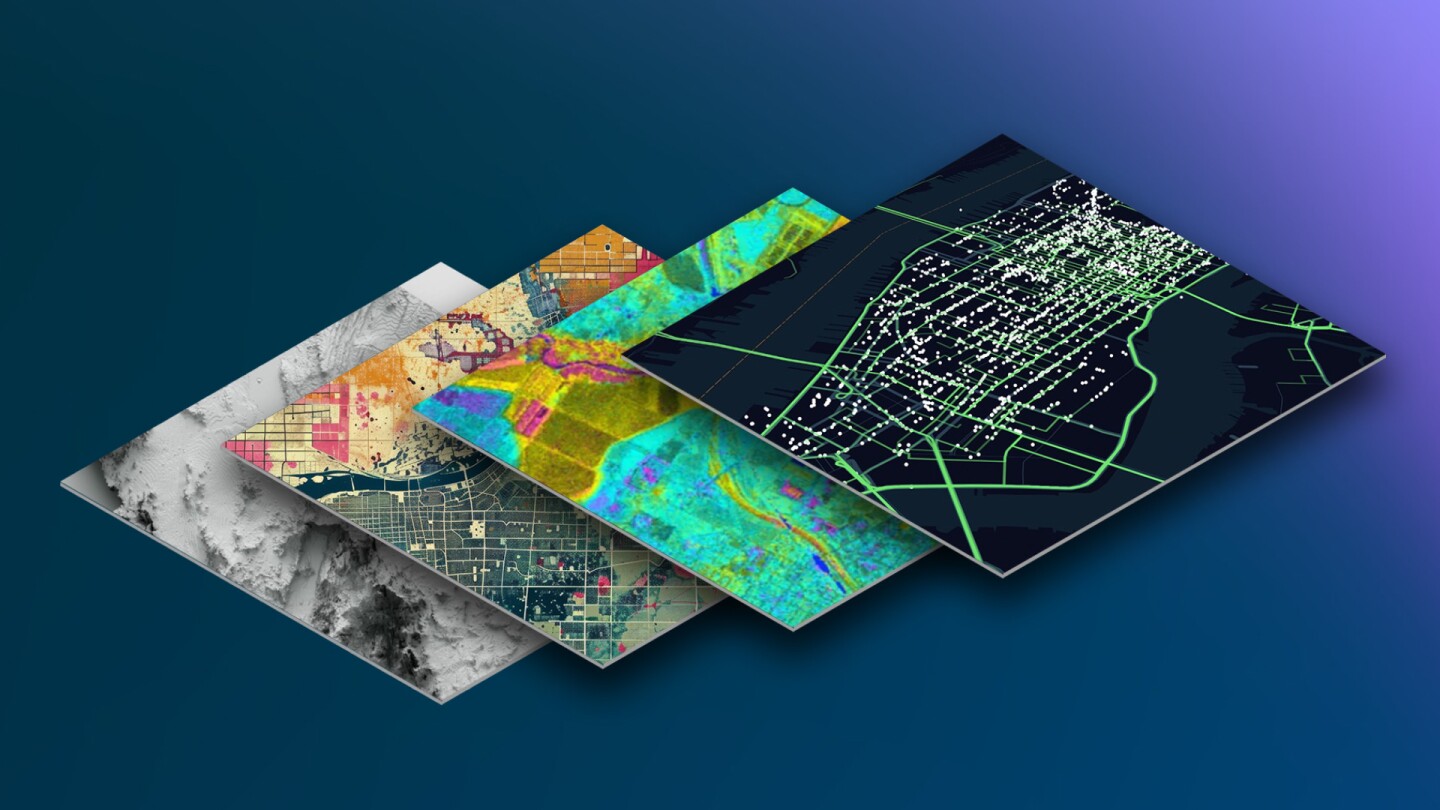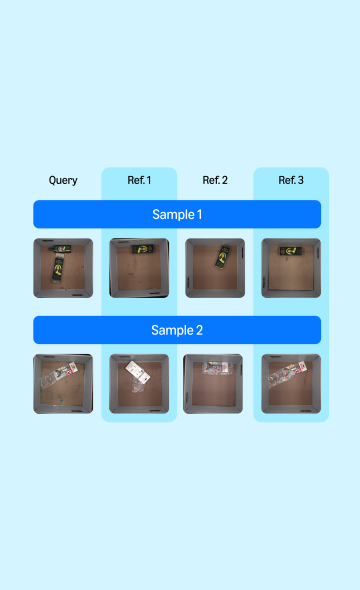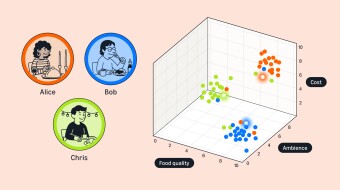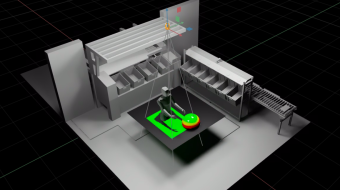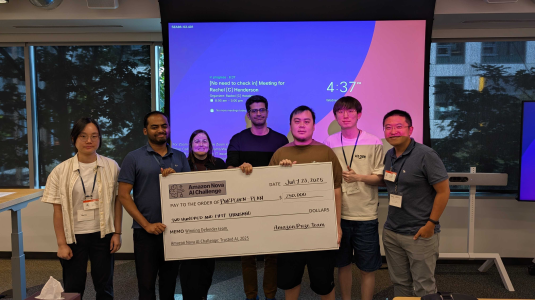Customer-obsessed science

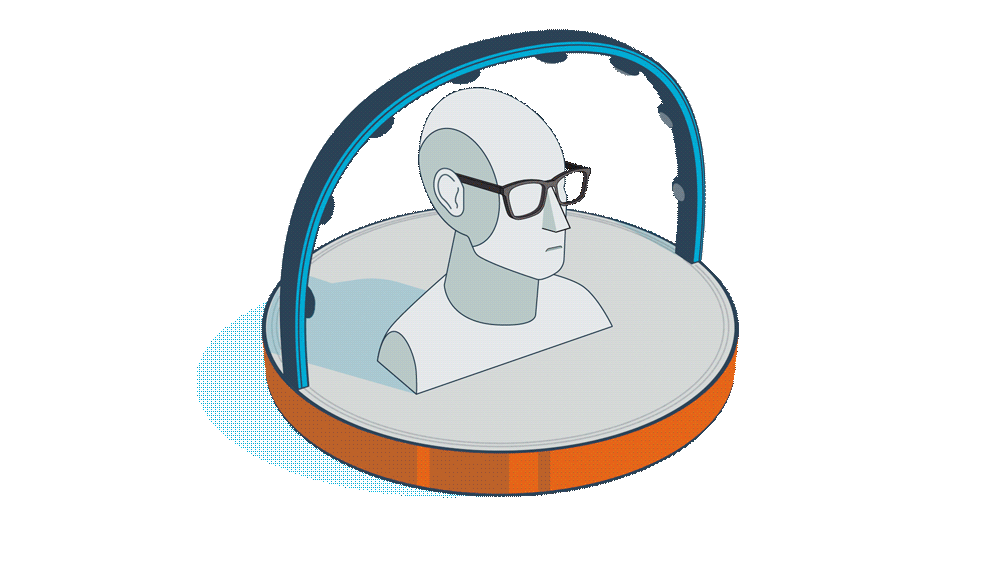
Research areas
-
November 6, 2025A new approach to reducing carbon emissions reveals previously hidden emission “hotspots” within value chains, helping organizations make more detailed and dynamic decisions about their future carbon footprints.
-
-
Featured news
-
2025Large Language Models (LLMs) have seen widespread adoption due to their remarkable natural language capabilities. However, when deploying them in real-world settings, it is important to align LLMs to generate texts according to acceptable human standards. Methods such as Proximal Policy Optimization (PPO) and Direct Preference Optimization (DPO) have enabled significant progress in refining LLMs using human
-
2025As large language models (LLMs) become increasingly versatile, numerous large scale benchmarks have been developed to thoroughly assess their capabilities. These benchmarks typically consist of diverse datasets and prompts to evaluate different aspects of LLM performance. However, comprehensive evaluations on hundreds or thousands of prompts incur tremendous costs in terms of computation, money, and time
-
2025In this paper, we study the problem of estimation and learning under temporal distribution shift. Consider an observation sequence of length n, which is a noisy realization of a time-varying ground-truth sequence. Our focus is to develop methods to estimate the ground-truth at the final time-step while providing sharp point-wise estimation error rates. We show that, without prior knowledge on the level
-
2025Can we efficiently choose the best Anomaly Detection (AD) algorithm for a data-stream without requiring anomaly labels? Streaming anomaly detection is hard. SOTA AD algorithms are sensitive to their hyper-parameters and no single method works well on all datasets. The best algorithm/hyper-parameter combination for a given data-stream can change over time with data drift. ‘What is an anomaly?’ is often application
-
2025In Amazon robotic warehouses, the destination-to-chute mapping problem is crucial for efficient package sorting. Often, however, this problem is complicated by uncertain and dynamic package induction rates, which can lead to increased package recirculation. To tackle this challenge, we introduce a Distributionally Robust Multi-Agent Reinforcement Learning (DRMARL) framework that learns a destination-to-chute
Collaborations
View allWhether you're a faculty member or student, there are number of ways you can engage with Amazon.
View all












